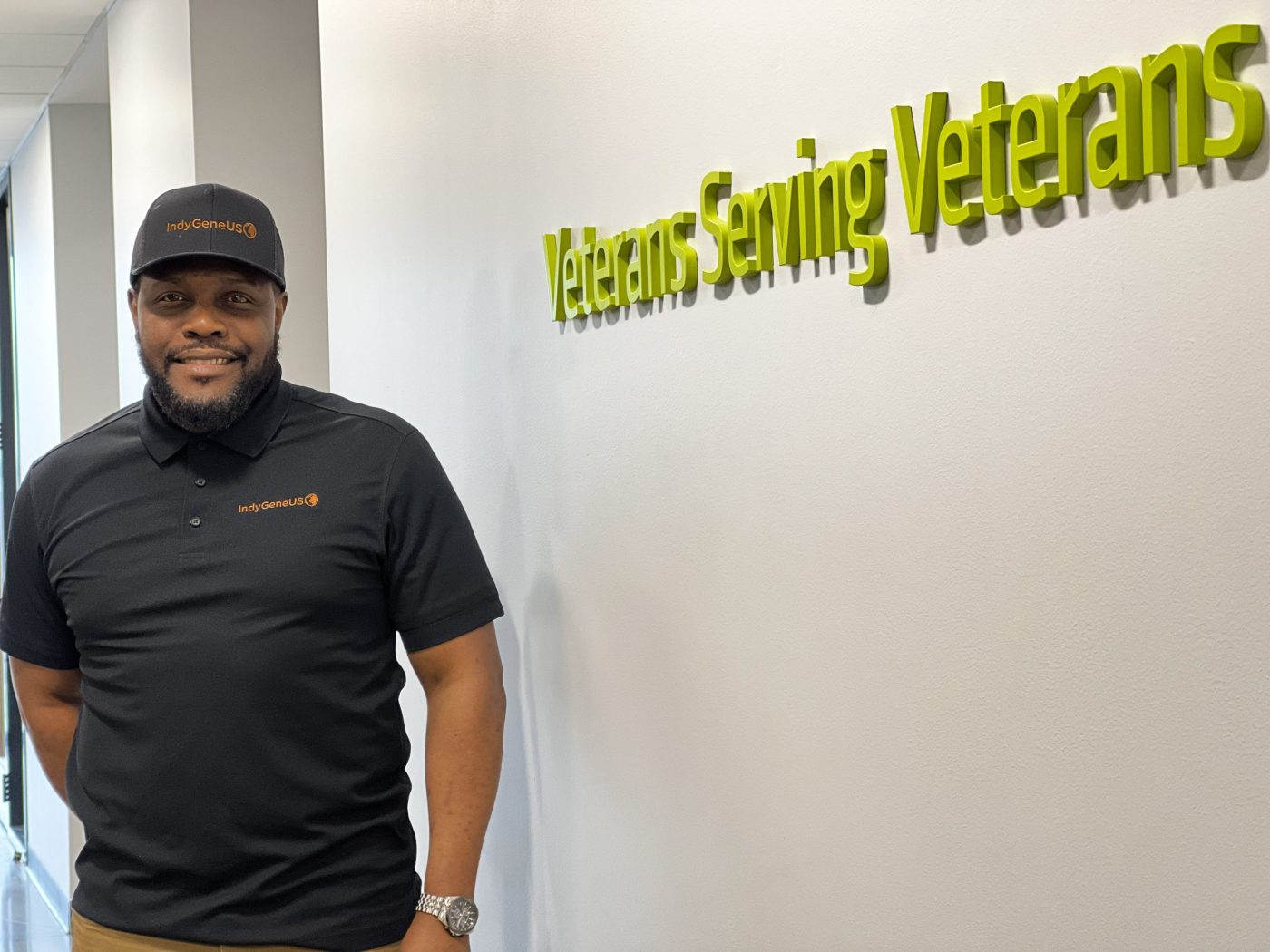
What began as a simple, ultra-low-cost experiment has spread quickly. The cumulative number of Veterans Affairs (VA) Blue Button downloads is already over 2.7 million and growing, and the program has been adopted by both the Department of Defense and the Centers for Medicare and Medicaid Services.
As we wrap up our work as the inaugural “Blue Button for America” Presidential Innovation Fellows (PIFs), we wanted to explain how we used this opportunity to advance that vision of patient access that began with Veterans to serve all Americans.
As Blue Button PIFs, we focused on two things: making the downloadable health record as complete as possible, which makes it even more useful to Veterans, and implementing it in a way that can be a model for every patient and health care system in the nation.
Here are highlights of what we and our teammates at the VA and U.S. Department of Health and Human Services accomplished over the last six months:
• In January 2013, we deployed the ability for Veterans with MyHealtheVet accounts to download virtually their entire medical record; they can get everything but radiological images, which are in development and coming soon.
• Veterans can also now get their care summaries in a standardized, structured file that makes it much easier to share with other providers, pharmacies, and people they trust – using an industry-standard format that every provider in the country will soon use.
• The entire software package enabling this will be soon be available at the open source custodian www.osehra.org.• With HHS’ Blue Button PIF Ryan Panchadsaram, we ran a Health Design Challenge to reimagine what the “human-readable” version of the new Blue Button download could look like – a contest that attracted over 230 submissions from designers across the country. The best submissions succeed in making your health record easy to understand, and are being developed right now as a VA Center for Innovation (VACI) open source project. You can see them at www.healthdesignchallenge.com.
• Over 85 million Americans have access to Blue Button data from at least one source today, and we have verbal commitments that will bring us to over 115 million by the end of the year.
• VA is also implementing the capability to allow patients to securely, directly, and automatically transmit their records – including updates – to recipients they specify. This is a capability that other health care organizations will be adopting as well. You can learn about this upcoming capability by visiting www.bluebuttonplus.org.
We had the tremendous privilege of briefing VA Secretary Shinseki and, the next day, President Obama about our work. We told them about how the personal health data environment is about to change dramatically, that giving patients secure access to their own health data is key to that transformation, and that Blue Button is at the vanguard of that change.
The program is a template already being adopted by organizations across the country, and is a great example of VA’s commitment to deliver the “best care anywhere.” That care is even better when you as a patient can share information with any doctor you choose.
More information is available about Blue Button at HealthIT.gov/BlueButton. Innovators, developers and health data holders are also invited to BlueButtonPlus.org for practical technical guidance.
We are deeply honored to have become part of the Blue Button movement, and are incredibly excited to see where it will go next!
Dr. Henry Wei is a Presidential innovation fellow working on Blue Button for America at the Department of Veterans Affairs.
Matt McCall is a Presidential innovation fellow working on Blue Button for America at the Department of Veterans Affairs.
Ryan Panchadsaram is a Presidential innovation fellow working on Blue Button for America at the Department of Health and Human Services.
To learn more about or apply for the Presidential Innovation Fellows program, please visit: WhiteHouse.gov/InnovationFellows
Topics in this story
More Stories
The Social Security Administration is hoping to make applying for Supplemental Security Income (SSI) a whole lot easier, announcing it will start offering online, streamlined applications for some applicants.
Yusuf Henriques, an Army Veteran and former combat medic, is the founder and CEO of IndyGeneUS AI, a genomics company on a mission to improve health equity by increasing representation of women and racial minorities in clinical trials.
Online shopping scams are the riskiest scam for Veterans, with 77.3% of reports confirmed losing money when targeted by this scam.







What good is Blue Button when the VHA does not comply with expectations? I requested medical examinations with private healthcare instead of the VHA. I attended scheduled appointments at intervals of 12 months at VHA and 3 to 4 months with private doctors. The medical condition warranted immediate resolutions since onset in military service. The VBA denied service connection for 1) permanent disabilities of the traumatic injuries and 2) chronic disabilties of the multisymptom illnesses, multisystem disease (Sarcoidosis) and chronic diseases (arthritis, glaucoma, gerd, etc.).
Although VHA supposedly to be primary, the private doctors uncovered medical evidence of the multisystem disease (Sarcoidosis), chronic diseases (glaucoma, etc.) and traumatic injuries (TBI, SCI, PTSD, etc.). Again and again, the VBA denied service connection but I obtained medical verifications from Sarcoidosis Center of Excellence in Cleveland, Ohio and medical consultations scheduled by Social Security Administration. What is the purpose of the Blue Button in my case?
This will be very useful if used properly. It can and will save time and energy . But should not be used against the people.